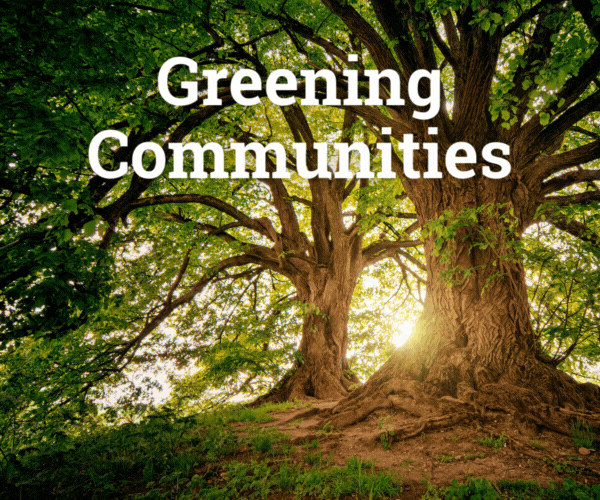Centuries-long violence against Native Californians persists today, most glaringly with an epidemic of suicide and missing and murdered community members.
At a Saturday, May 11 forum held by the California Commission on the State of Hate and the Shingle Springs Band of Miwok Indians, state and tribal leaders shared how American Indians still face a legacy of hate in California, and how they’re fighting it.
Resiliency against a history of hate
California — which has the country’s largest American Indian population, with over 160 tribes — also ranks fifth among all states for the country’s most cases of missing and murdered Indigenous people.
“The majority of us still live with the need for basic infrastructure, fair policing, and having domestic violence cases and restraining orders followed through by the state and federal government,” said San Manuel tribal member and state Assemblymember James Ramos (D-45).
The battle to correct this is being fought in the legislature, in the form of recent measures like AB 338, replacing a statue near the state Capitol, which was torn down by protestors in 2020, with a statue of Miwok leader William Franklin, Sr; AB 2022, removing the derogatory term “squaw” from the over 100 place names statewide that still use it; and AB 1938, renaming UC Hastings in San Francisco to UC Law San Francisco, due to Hastings’ involvement in the killing of American Indians.
“You can’t just start from a point in time today and move forward without addressing what happened in the past,” said Ramos. “Some will say that’s not affecting us now, but in Fresno County last March, three city supervisors put an initiative on the ballot to retain the derogatory S-term. We successfully defeated it … but as California’s people, we still have to go that extra mile in the year 2024.”
A crisis of missing and murdered Indigenous people
“The crisis of missing and murdered Indigenous peoples, particularly women and girls, is heavily saturated with this issue of hate crimes,” said Morning Star Gali, member of the Pit River Tribe and the Executive Director of Indigenous Justice.
In the U.S., 85% of American Indian women report experiencing violence including sexual assault, domestic violence and rape, while 97% of these assaults are perpetrated by non-American Indian people.
American Indian women are three times more likely to be murdered than their white counterparts, and face murder rates over 10 times the national average, according to the U.S. Bureau of Indian Affairs.
“The numbers are undoubtedly much higher because accurate data simply does not exist,” said Gali. “In the U.S., Indigenous women face complex jurisdictional requirements simply because of their status as Indigenous. Often, it’s up to the federal government to exercise prosecutorial discretion, which they decline at alarming rates,” over 90% for these crimes at the federal level.
American Indians comprise 1.1% of the U.S. population and 2.2% of the U.S. population of women. However, homicide is the third-leading cause of death among American Indian girls and women aged 10 to 24, and the fifth-leading cause of death for Native women aged 25 to 34.
In 2016 there were 5,712 reports of missing native women and girls according to the National Crime Information Center, but the U.S. Department of Justice only logged 116 of those cases in its missing persons database.
“To address these causes, we’re awarding micro grants through a first-of-its-kind guaranteed income pilot project in the city and county of San Francisco,” said Gali. “Through Indigenous Justice, we’re awarding 10 survivors of violence with $1,000 a month for the next year … because when people are resourced well, they’re able to make better decisions within their lives.”
The Truth and Healing Council
“California is turning 175 next year. Our people have been here since time immemorial … yet we’re a footnote,” said Christina Snider, tribal affairs secretary to Governor Newsom and a member of the Dry Creek Rancheria Band of Pomo Indians. “We have the largest population of Native people in the state, much because of relocation policies,” said Snider. “Our two largest populations, Navajo and Cherokee, are not from California.”
To understand and remediate this history of violence and displacement from the Native perspective, Governor Newsom issued an executive order to create the California Truth and Healing Council in June 2019.
The council has been conducting monthly in-person meetings statewide to gather testimony from tribes as to their needs and histories, for a report to be issued in 2025, said Loretta Miranda, deputy tribal affairs secretary and special counsel to Governor Newsom.
“Although we’re hopeful this won’t just end up on the shelf, we realize not everyone is going to pick up and read a report,” she continued. “We want to make this Native narrative as interactive as possible. To that end, we’re working on a documentary project with Emmy Award-winning film director, Jacob Kornbluth. He comes to all of our quarterly meetings, and we now have a sizzle reel.”
The purpose of the documentary, the report and the council “is to educate the dominant culture on the native story of California,” Miranda added. “California’s very complicated; we’re the most diverse population of native peoples — if we can do it, anyone can. We hope to serve as a roadmap for other Native communities.”
This resource is supported in whole or in part by funding provided by the State of California, administered by the California State Library in partnership with the California Department of Social Services and the California Commission on Asian and Pacific Islander American Affairs as part of the Stop the Hate program. To report a hate incident or hate crime and get support, go to CA vs Hate.






